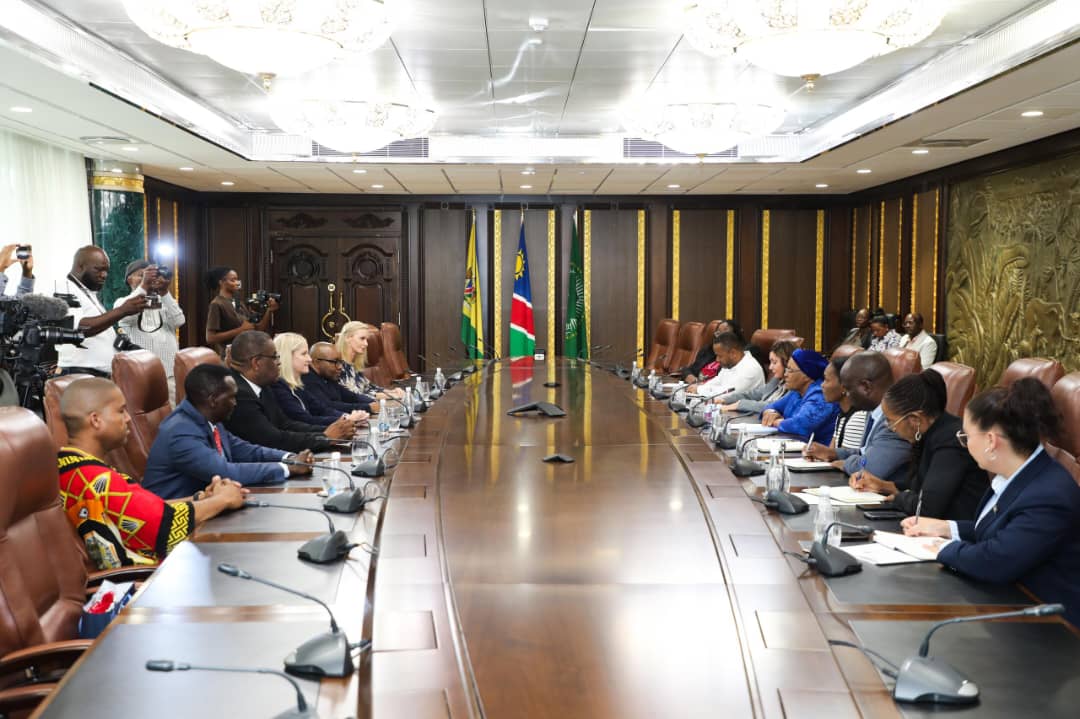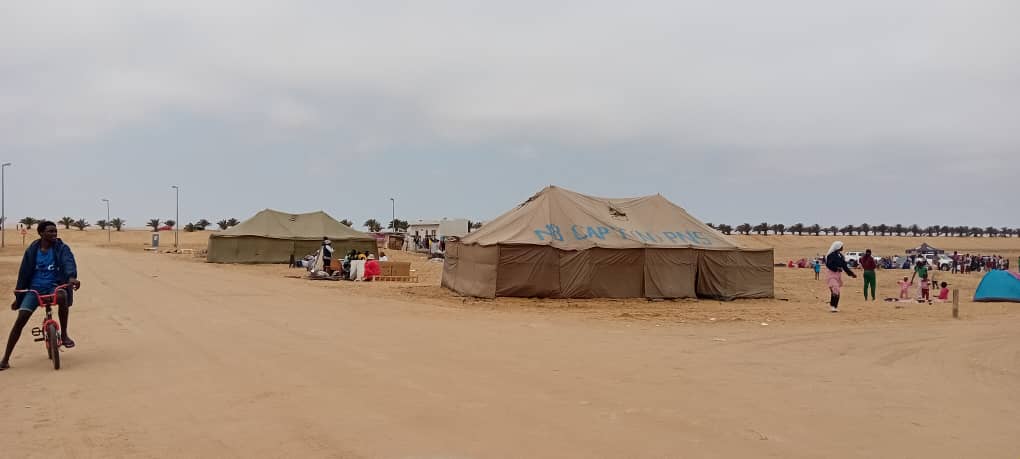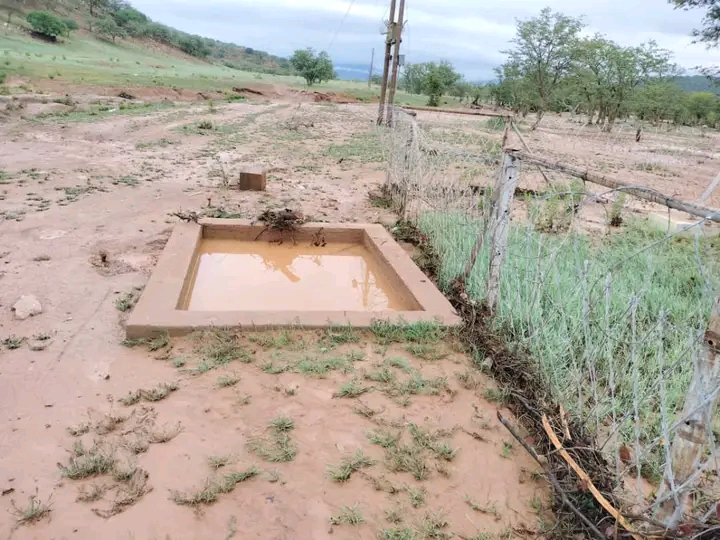A far cry from the curse words of the 90s sprayed under a bridge or the barely legible ‘Cindy was here’ scribbles that children had an affinity for, graffiti has become a fully-fledged art form. With artists all over the world fighting to shake off the ‘vandalism’ stigma attached to it, the graffiti community has been growing for decades.
And of course, Namibians are never ones to be counted out. Twenty-nine-year-old Windhoek-based artist ‘SubZero’ discovered his love for graffiti about seven years ago. “In 2007, I tried graffiti as a visual art assignment of self-expression. I knew no techniques so I used paint and a brush, and some spray cans. This made me want to learn more about the art form,” he said.
As the art of graffiti is practically non-existent in Namibia, SubZero taught himself everything he knows. “In 2009, me and a friend were asked by Gary Rowe (an awesome graffiti artist) to join him in a project called ‘Break the Chain’. We had to do live graffiti on canvas in Zoo Park and that was truly the beginning of my personal learning curve,” he said. “To go up against two great artists who were better than me in every way made me want to learn more and more.”
He said that while he doesn’t have a particular style, he would love to learn every style and technique there is. “When I see some other street artist do a technique that I know I can’t do, I want to try it. I want to learn to master the spray can, to find my own style. To find myself, if I can put it that way.”
“Graffiti has so much value. Not just as an art form for people to look at it and say ‘that’s nice’. Graffiti is not limited to just the street, either. It can be used for companies to advertise their name, projects and media campaigns… Graffiti is the modern art form,” SubZero said, adding that there is much more to graffiti than just pictures on a wall.
While many people have written graffiti off as vandalism, SubZero disagrees wholeheartedly and is of the opinion that it is beautiful and vibrant. “People who tag vulgar words on walls give graffiti a bad name. If the sole purpose is just to scribble nonsense on a wall, that I see as vandalism too,” he said. “To write @$#* on a wall is not graffiti. That is stupidity at its best. Graffiti can turn a boring old wall into something magical,” he added.
Just like other forms of art, different people turn to the spray cans for different reasons. SubZero describes graffiti as his escape. “It’s hard to explain the feeling when you just put your earphones in, shake a can and spray away. To me that’s where I get rid of my stress and just drift away with my thoughts,” he said.
When asked what he’d like to see happen to the Namibian graffiti scene, SubZero said that he would love to see more people taking up the art. “I would love to see graffiti festivals that celebrate the Namibian graffiti culture. Let’s paint Namibia!”
Describing graffiti as a spontaneous and immediate form of self-expression, the director of the National Art Gallery of Namibia, Hercules Viljoen, believes the art form displays tremendous creativity. “More than being an art form, it may be a very effective form of visual communication,” he said. Believing that graffiti would be more effective if used cleverly and creatively such as the work of artists like Banksy, Shepard Fairey and John Fekner, Hercules said that he has unfortunately not seen much creative application of graffiti in Namibia. While graffiti is still largely frowned upon, Hercules said that it adds value to society. “Graffiti has evolved tremendously and many new approaches were developed following the pioneering of artists like Keith Haring.”
Shrouded by equal amounts of controversy and mystery, England-based Banksy is easily one of the most well-known graffiti artists alive today. Satirical in nature, he often displays his artworks, which act as political and social commentary, on publicly visible surfaces. Many people across the world have gone as far as to tattoo his pieces on themselves in ode of his work.
A little closer to home, Rasty is a professional graffiti and tattoo artist who lives in Johannesburg. First introduced to graffiti in 1999 through the hip-hop culture, he has had a passion for the art since the tender age of 17. With a cartoon-esque style stemming from his fascination with comics, he places most of his focus on painting characters and has developed a photo-realistic style.
Stay informed with The Namibian – your source for credible journalism. Get in-depth reporting and opinions for
only N$85 a month. Invest in journalism, invest in democracy –
Subscribe Now!










